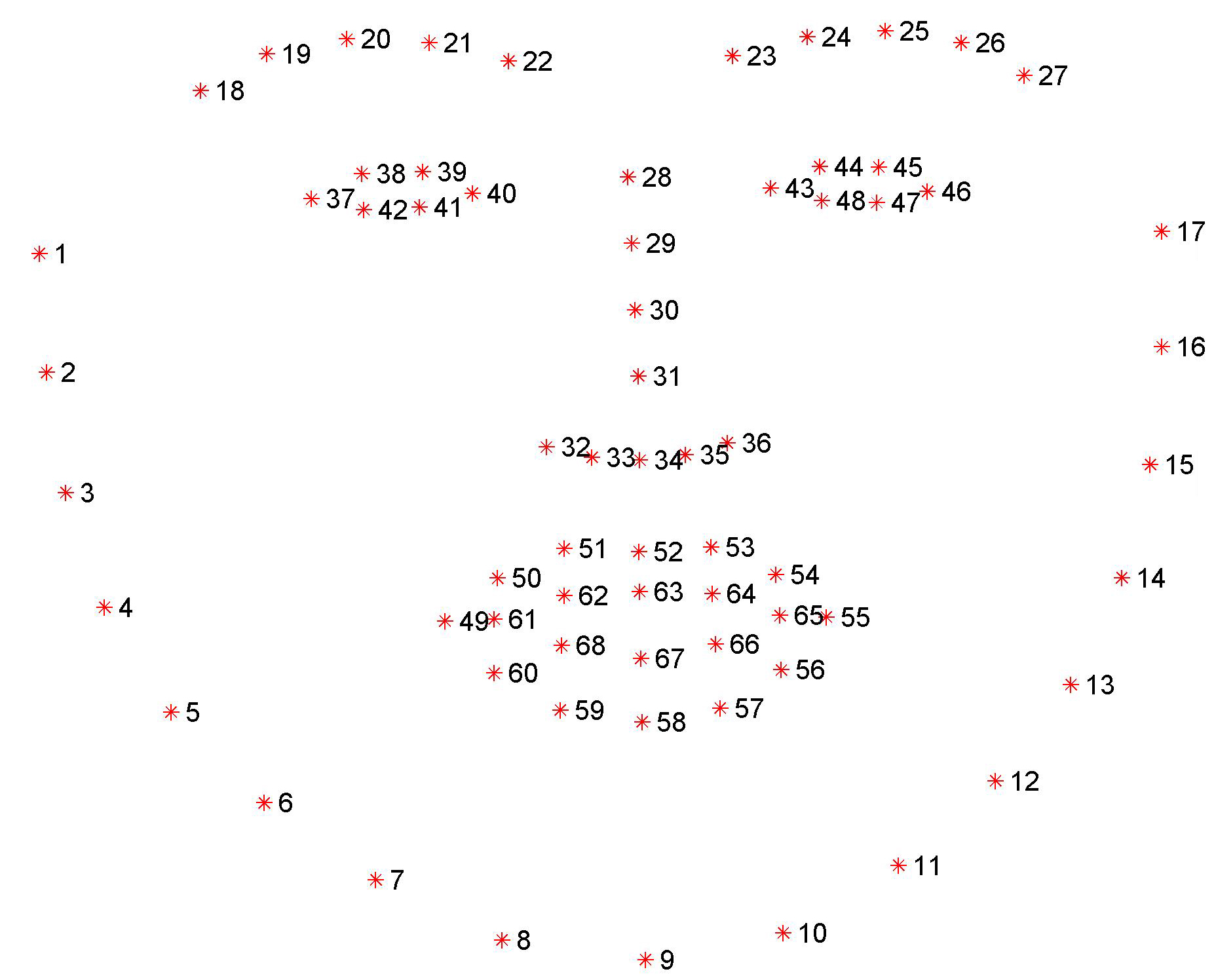Some applications:
- Head pose estimation (e.g. what direction the person is looking at)
- Extra features for face verification/identification
- Face morphing
- Face replacement/swap
- Detect activity of mouth, eyes, head, etc. (e.g. detect if someone is talking)
- Detect position of individual parts of the face (e.g. position of the eyes)
- Face frontalization
- Detect parts of the face under occlusion (some techniques provides this info)

What could i use landmarks for ?